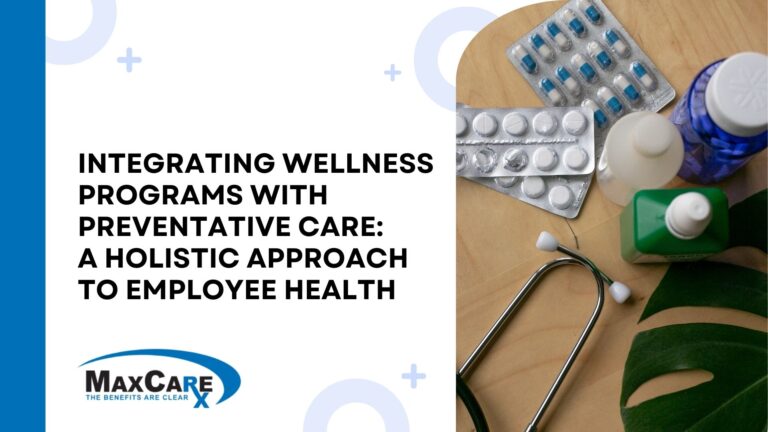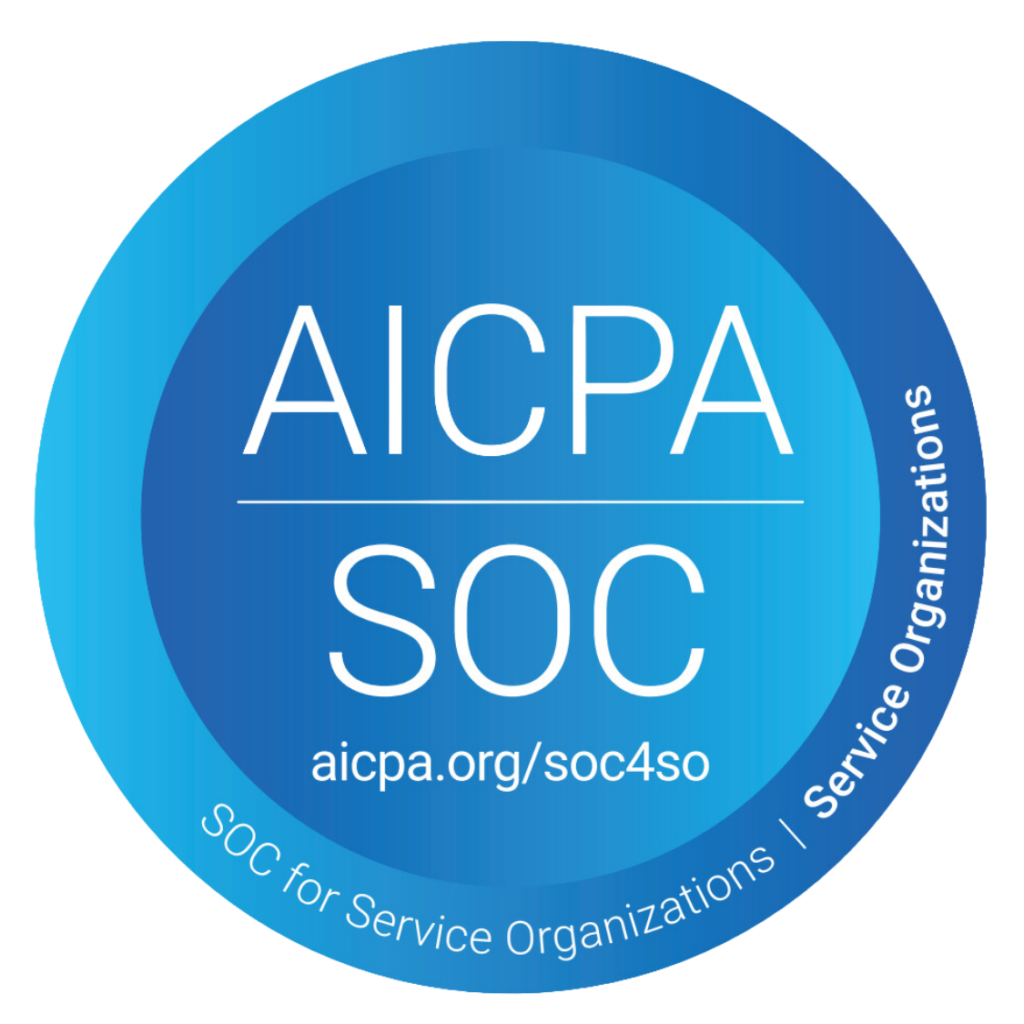Navigating the nuanced and intricate world of the pharmaceutical industry is a complex endeavor. At its core, the dynamic relationship between Pharmacy Benefit Managers (PBMs) and drug manufacturers underpins much of the industry’s decision-making processes. For self-funded employers, brokers, TPAs, and PBM consultants, understanding this relationship is not just beneficial, it’s essential.
The Expanding Role of PBMs
Traditionally, PBMs started as mere claim processors. But over the years, their responsibilities and influence have expanded substantially. They now act as gatekeepers, operating at the crossroads between health plans, pharmacies, and pharmaceutical manufacturers. Their extensive role ensures that patients receive their medications efficiently while managing the economic dynamics of drug distribution.
Core Responsibilities of PBMs Include:
- Contracting with Pharmacies: PBMs establish networks of pharmacies that agree to dispense medications to patients under terms set by the PBM.
- Formulating and Managing Drug Lists (Formularies): They decide which drugs will be covered and at what level, often giving preference to drugs that offer the best financial deals while ensuring equally effective outcomes.
- Processing Prescription Drug Claims: PBMs handle the logistical elements, ensuring patients get their medications and pharmacies receive payments.
Drug Manufacturers: Innovators at a Price
While PBMs are vital in the distribution process, drug manufacturers are the heartbeat of innovation in the pharmaceutical industry. They bear the colossal task of developing, testing, and bringing new drugs to market—a process fraught with risks, massive investments, and uncertainties. But once a drug makes it through the rigorous testing phases and gains regulatory approval, it holds the potential to revolutionize treatment approaches and generate significant revenue.
The Deep-seated Relationship Between PBMs and Drug Manufacturers
The heart of the pharma industry’s power play lies in the complex dance between PBMs and drug manufacturers.
The Power of Formularies
One of the primary levers PBMs have is the creation and management of formularies. These are tiered lists of drugs that insurance plans will cover, often divided into categories like preferred, non-preferred, specialty, and so on. Drugs on higher tiers might be more expensive for patients, or might require special authorization.
By placing a drug on a preferred tier or granting it a favorable spot on their formulary, a PBM can drive a significant volume of prescriptions towards that drug. Conversely, by relegating a drug to a non-preferred tier or excluding it from the formulary altogether, a PBM can severely limit its market access.
Rebates and Behind-the-Scenes Dealings
A significant portion of the dealings between PBMs and drug manufacturers centers around rebates. A manufacturer might list a drug at a high “list price” but offer significant rebates to the PBM. The PBM, in turn, can use these rebates to offset their costs or pass savings onto their clients (insurers, employers, etc.). However, these rebates don’t always trickle down to consumers in the form of lower out-of-pocket costs. This dynamic has raised concerns about transparency and whether the current system truly incentivizes the lowest drug prices.
Controversies
The PBM-manufacturer relationship has faced scrutiny. While PBMs often secure rebates from manufacturers to lower drug costs, critics contend that this system lacks transparency and might prioritize profit over patient well-being. The rebate system can incentivize manufacturers to set higher drug list prices, which may increase out-of-pocket costs for some patients. Furthermore, there’s concern that PBMs may favor drugs offering larger rebates over those potentially more beneficial to patients, and that the system might stifle competition from new, potentially better medications.
However, not all PBMs are the same. MaxCare stands out as a PBM dedicated to cost clarity and innovation, emphasizing transparency, accountability, and exemplary client service. We use a consultative approach to help employers, offering a tailored advisory approach to navigate their pharmacy benefit plans for their employees. In the face of escalating drug prices, MaxCare actively develops bespoke strategies to keep prescription expenses in check. Our services encompass a thorough review of an employer’s existing prescription benefit plan, pinpointing opportunities for savings.
Concluding Thoughts
For those deeply entrenched in the industry—self-funded employers, brokers, TPAs, and PBM consultants—the stakes are high. Comprehensive knowledge of these dynamics informs drug pricing strategies and opens doors to potential savings and efficiencies. With the pharmaceutical sector in a state of perpetual flux, staying informed and proactive is the key to success.
The multifaceted relationship between PBMs and drug manufacturers not only molds the pharmaceutical industry but also directly impacts healthcare outcomes and costs. As stakeholders, harnessing this knowledge, and translating it into strategic decisions can make the difference in ensuring optimal benefits for clients and patients.
At MaxCare we take a layered approach to drive towards the lowest net cost for the employee and their employer with our embedded programs of MaxChoice, MaxProtect and SmartBlock – all for one low admin fee.
The MaxChoice Reference Price Program we offer emphasizes specific medication categories with a broad spectrum of cost-effective alternatives that maintain consistent safety and efficacy. This program allows patients to have a choice in the medication they take while shifting costs away from the plan if a higher-cost medication is chosen.
The MaxProtect Specialty Assistance Program assists employees in obtaining necessary specialty medications, reducing the plan’s susceptibility to their elevated costs. It links patients with the manufacturer’s assistance program, ensuring they meet the criteria and registering them in the appropriate programs.
The SmartBlock program monitors medications that have a higher cost due to their combination of multiple drugs. This system is constantly updated to encompass newly introduced drugs in the market.



